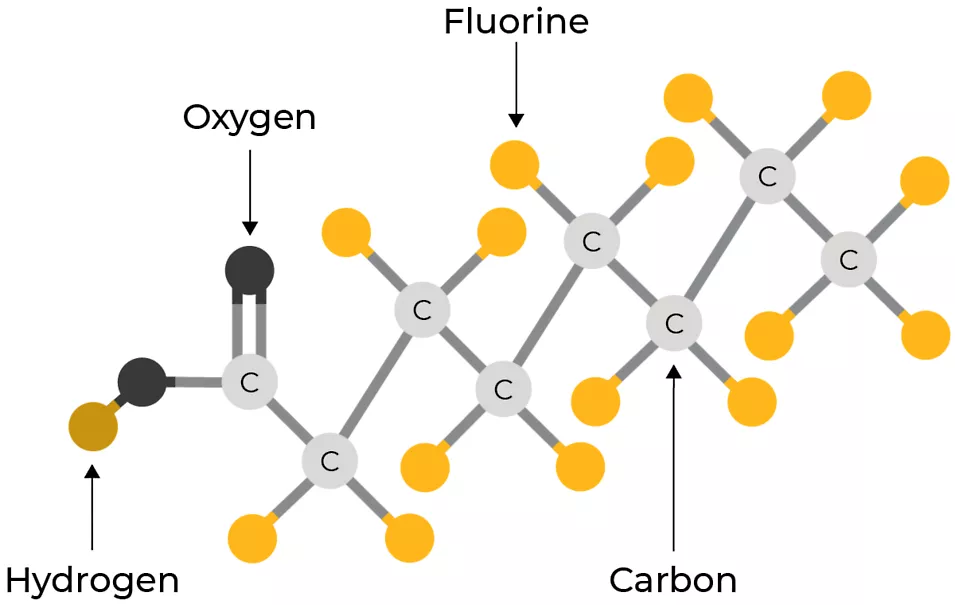Introduction
PFAS—commonly known as “forever chemicals”—are an invisible but dangerous threat to our home water supplies. Linked to serious health effects and found in water systems across the U.S., these compounds require more than just a basic water filter to remove.
In this post, we’ll explore the dangers of PFAS, how they enter your water, and how a reverse osmosis system offers one of the most effective residential water filtration methods available today.
What Are PFAS?
Per- and polyfluoroalkyl substances (PFAS) are man-made chemicals used in non-stick cookware, waterproof fabrics, food packaging, and industrial manufacturing. Due to their chemical stability, they persist in the environment and are now widespread in soil, air, and drinking water.
Health concerns include:
- Liver and kidney damage
- Hormonal disruptions
- Immune system impairment
- Developmental issues in children
- Increased risk of some cancers
How PFAS Enter Your Water Supply
PFAS contamination is typically traced to:
- Industrial discharge
- Firefighting foam
- Landfills
- Wastewater runoff
Whether you’re on a city supply or a private well, PFAS can seep into your drinking water. In many areas, municipal treatment facilities are not equipped to fully remove them.
Why Reverse Osmosis Is the Best Water Filter for PFAS
A reverse osmosis system works by pushing water through a semi-permeable membrane that filters out particles as small as 0.0001 microns—including PFAS.
Advantages of reverse osmosis for PFAS water treatment:
- Removes up to 99% of PFAS compounds
- Eliminates additional contaminants like lead, arsenic, and nitrates
- Improves taste and clarity of drinking water
- Compact systems fit neatly under your kitchen sink
Point-of-Use vs. Whole House Water Filtration
Under-Sink Reverse Osmosis:
Great for treating drinking and cooking water. It’s the most common choice for homeowners concerned about PFAS exposure.
Whole House Water Filter Systems:
For full-home protection, RO can be combined with activated carbon or ion exchange to ensure PFAS and other toxins are reduced before water enters your plumbing system.
Steps to Safer Water at Home
How to Get Started with Home Water Purification
- Schedule a Water Test – Find out if PFAS or other contaminants are present in your water.
Note: PFAS cannot be tested in the field. - Consult a Water Treatment Professional – Every home’s water needs are unique. A professional can help you choose the right solution.
- Install a Certified Reverse Osmosis System – Ensure the system is NSF-certified for PFAS reduction.
Protect Your Home with Professional Water Treatment
At Soft Water Plus, we specialize in water treatment and residential water filtration systems tailored to your home. Whether you need a simple under-sink RO unit or a complete whole-house water filter, we’re here to guide you every step of the way.
Please note: For PFAS testing, we recommend Legend Technical Services, located in North Phoenix.
Contact us today for a free consultation and water quality test.





